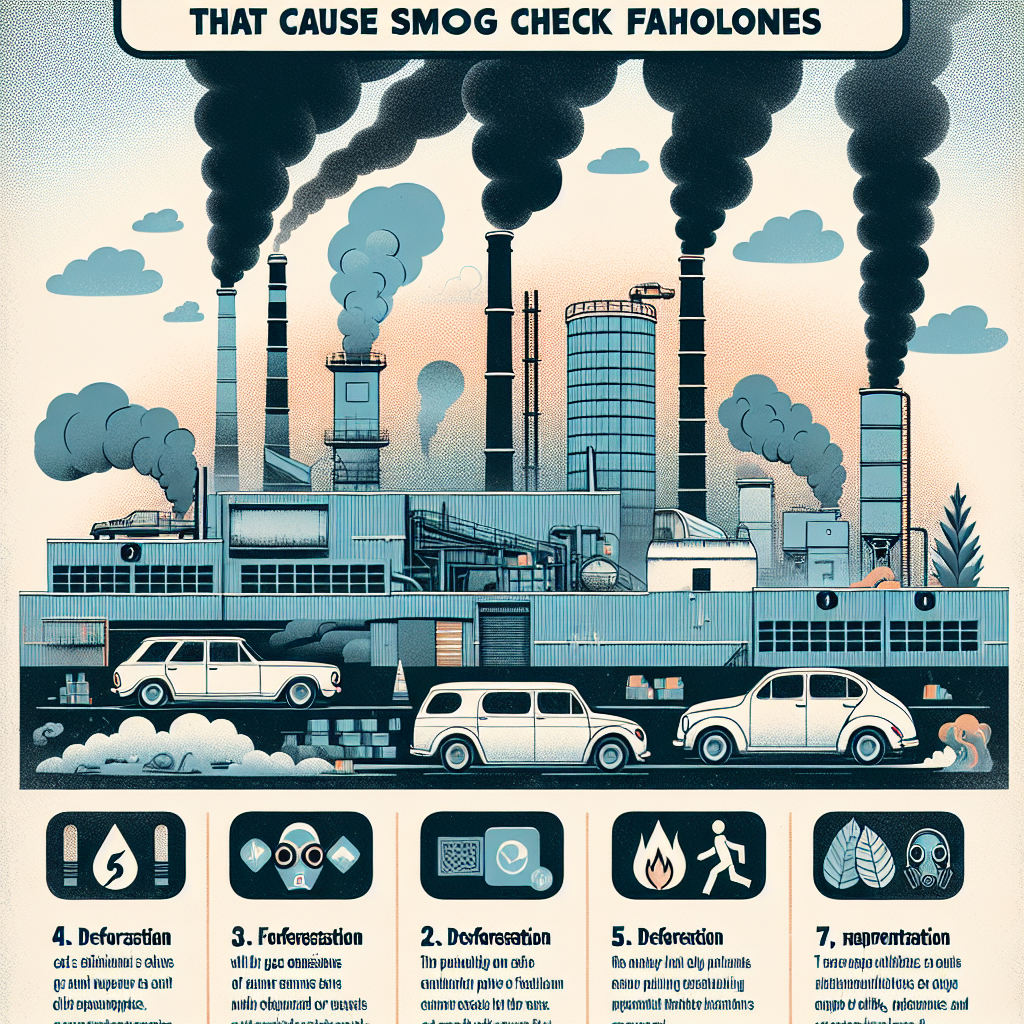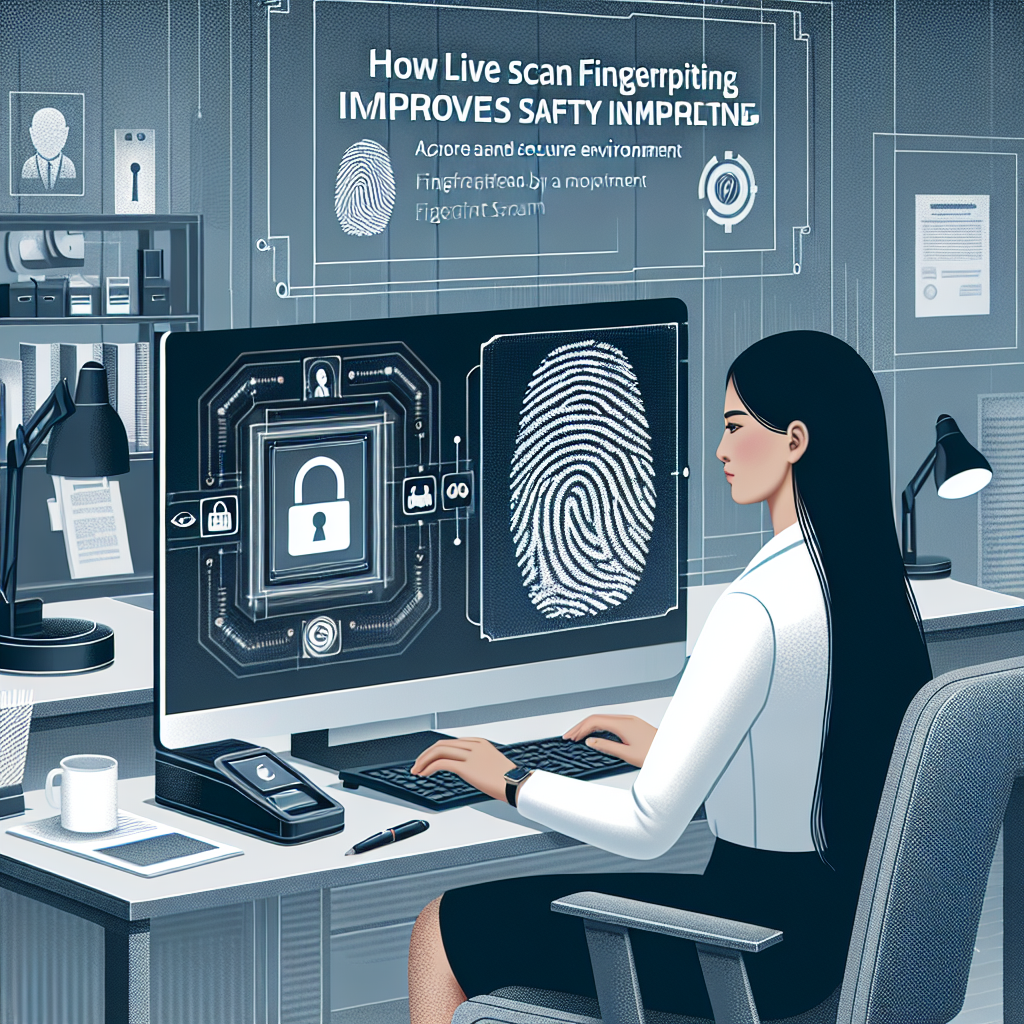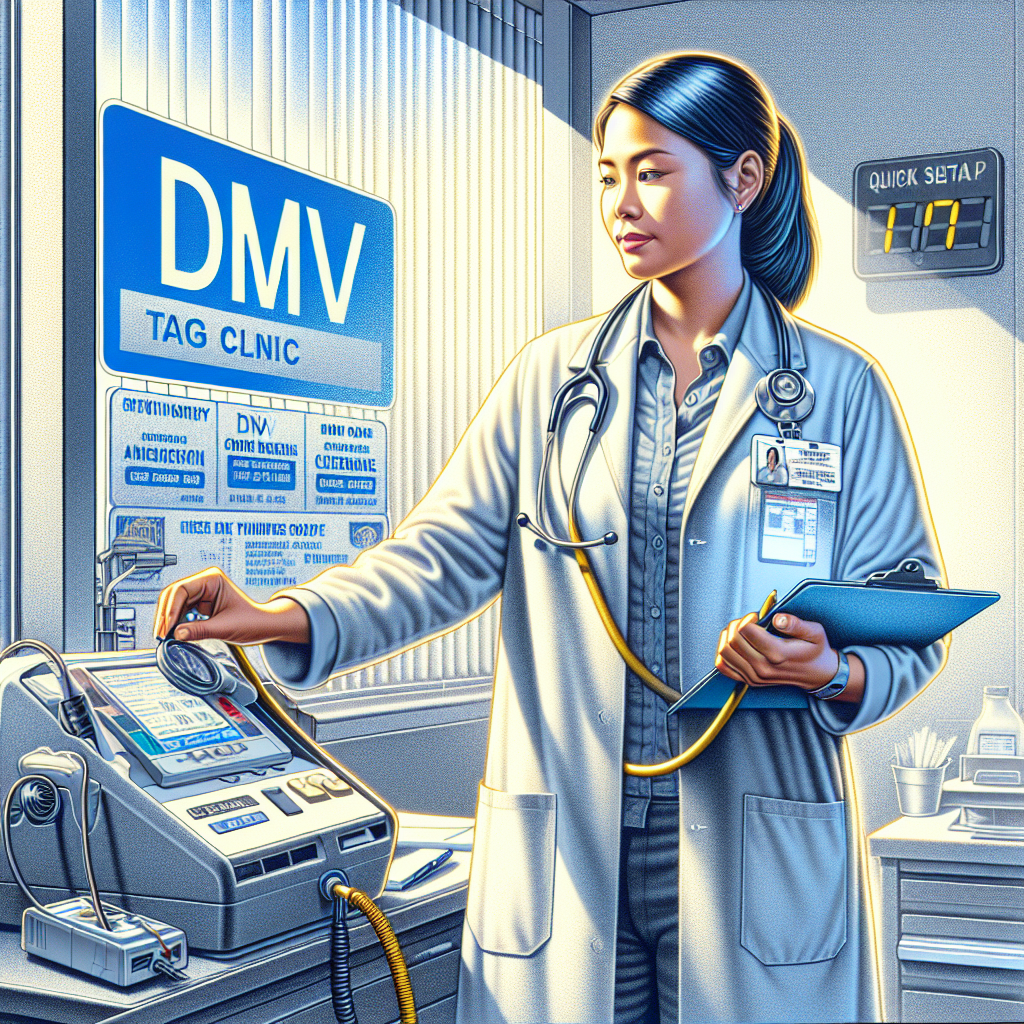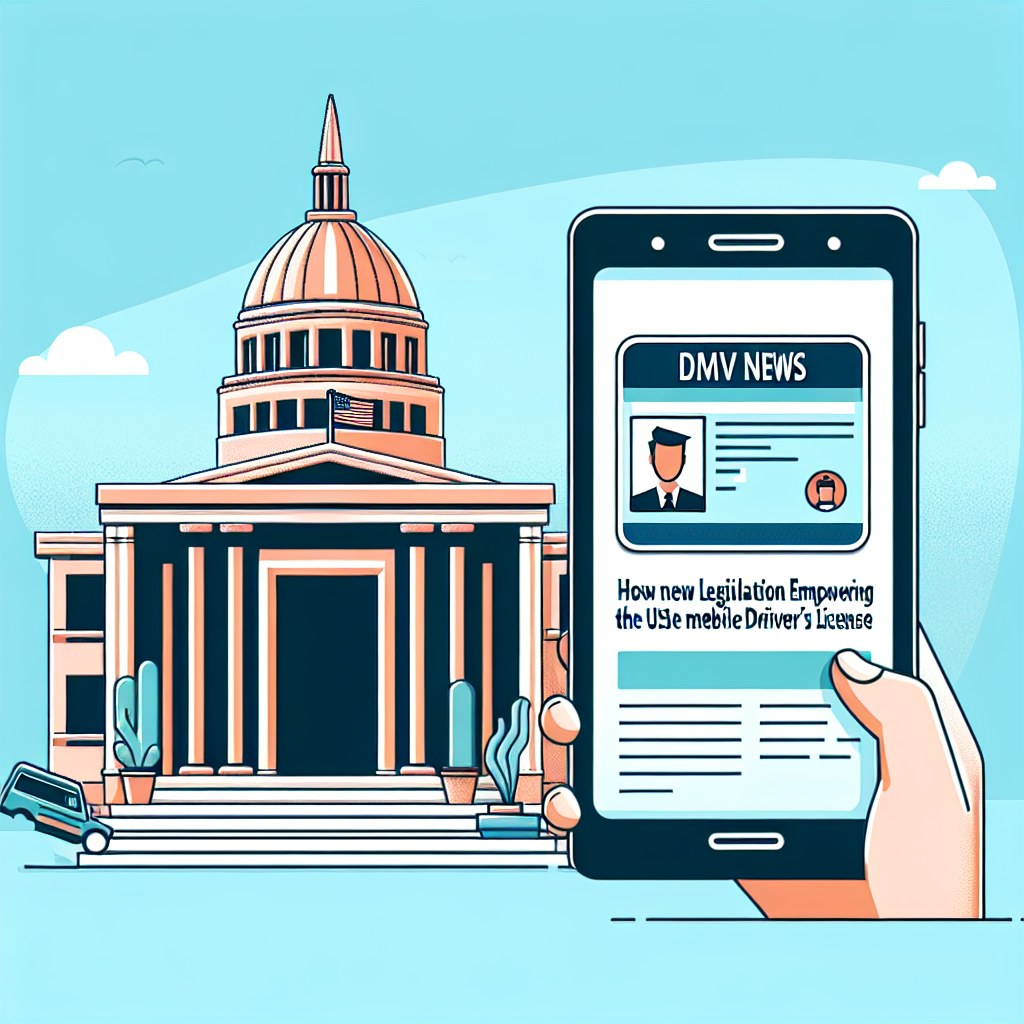The Top 5 Biggest Emissions Problems That Can Make Your Smog Check Fail
Introduction
Smog checks are super important because they help our cars not pollute the air too much. These checks keep the environment clean and keep us healthy. Plus, they’re required by law in a lot of places, like California. But sometimes, cars have emissions problems that can make them fail the smog check, which can be annoying and expensive.
In this blog post, I’m going to tell you about the top five emissions problems that often cause smog check failures. Knowing about these issues can help you get your car ready for the next smog check and make sure it passes easily.
1. Bad Oxygen Sensor
The oxygen sensor helps keep the right mix of fuel and air in your car. It makes sure the engine runs well by keeping the air-fuel ratio just right. But if the oxygen sensor isn’t working, it can cause bad fuel burning, more pollution, and your car might not run well.
What Happens If It’s Broken:
- Lower gas mileage
- More pollution from your car
- Possible damage to the catalytic converter
Signs It’s Broken:
- The check engine light might come on
- Bad gas mileage
- Rough engine idle
It’s important to replace a broken oxygen sensor quickly to avoid these problems and help your car pass the smog check.
2. Bad Catalytic Converter
The catalytic converter changes harmful gases, like carbon monoxide and nitrogen oxides, into less harmful gases before they go into the air. If it doesn’t work, your car will pollute more and might fail the smog check.
Why Catalytic Converters Fail:
- Contamination from engine misfires
- Physical damage or clogs
- Too much heat over a long time
Signs of a Bad Catalytic Converter:
- Check engine light is on
- Less engine power
- Weird rattling noise from the exhaust
If you think your catalytic converter is bad, get it checked out and replaced if needed to help pass emissions tests.
3. Bad Exhaust Gas Recirculation (EGR) System
The EGR system helps cut down nitrogen oxide emissions by sending some exhaust gases back into the engine. If this system has problems, it can make more pollution and cause a smog check failure.
Common EGR Problems:
- Clogged EGR valve or pathways
- Broken EGR vacuum solenoid
- Leaks in the EGR system
Fixing problems with the EGR system can stop smog check failures and keep emissions low.
4. Leaks in the Evaporative Emission Control System (EVAP)
The EVAP system catches fuel vapors from the fuel tank and stops them from getting into the air. EVAP leaks are a common reason cars fail smog checks and can affect how much your car pollutes.
Common EVAP Leak Sources:
- Broken or loose gas cap
- Cracks or holes in the charcoal canister
- Leaks in EVAP lines or hoses
Checking these parts often and repairing any leaks can help your car pass the emissions test.
5. Air-Fuel Ratio Imbalance
Keeping the right air-fuel ratio is key for good burning and controlling emissions. If there’s an imbalance, it can cause more emissions and make it hard to pass smog checks.
What Causes Imbalance:
- Broken fuel injectors
- Clogged air filters
- Vacuum leaks
How to Fix Air-Fuel Ratio Issues:
- Regularly replace air filters
- Clean or replace broken fuel injectors
- Check for vacuum leaks
Conclusion
To sum it up, the biggest emissions problems that cause smog check failures are bad oxygen sensors, faulty catalytic converters, broken EGR systems, EVAP leaks, and air-fuel ratio imbalances. Checking and fixing these problems can help make sure your car passes the smog check and helps keep the environment clean.
Don’t forget that regular car maintenance is the best way to avoid these problems and keep the emission system healthy.
Call to Action
To avoid surprises during your smog check, make sure to schedule regular car maintenance. If you need help or advice, visit your local expert mechanic or smog check specialist. For more info on emissions control and car maintenance, look for other helpful resources.
Is it time for your smog check, or are you having any of these emissions problems? Visit Tags Clinic at 3845 University Ave, San Diego, CA for an easy experience. Schedule your appointment today and let our experts help you breeze through any smog check challenges! Don’t hesitate to call us at 619-777-9046 or visit us online at Tags Clinic Website.









